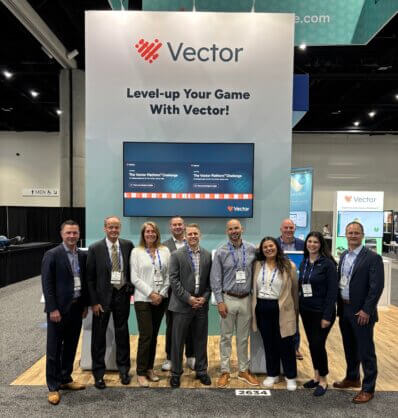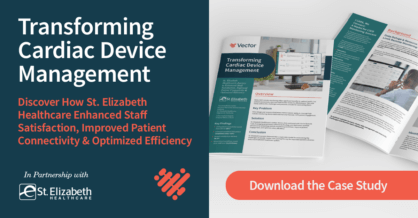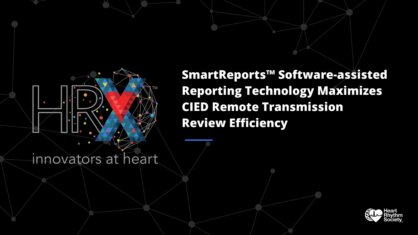Vendor Survey IDs Challenges for Remote Patient Monitoring Programs

Despite the clinical and financial benefits of remote patient monitoring (RPM), many cardiology practices are not taking full advantage of this technology. Vector’s survey found that roughly 43 percent of cardiologists are only using remote monitoring platforms for 20 percent or less of their patients.
Vector’s report identified several significant challenges in utilizing remote cardiac monitoring. The report notes, “Monitoring implantable cardiac devices for arrhythmias alone demands a dizzying array of data and patient management tasks. This is time-consuming work even with a dedicated device clinic, which not all practices have.”












![Navigating Remote Monitoring In An Evolving Cardiac Care Landscape[62]](https://vectorremote.com/wp-content/uploads/2024/11/Navigating-Remote-Monitoring-in-an-Evolving-Cardiac-Care-Landscape62-418x235.png)


